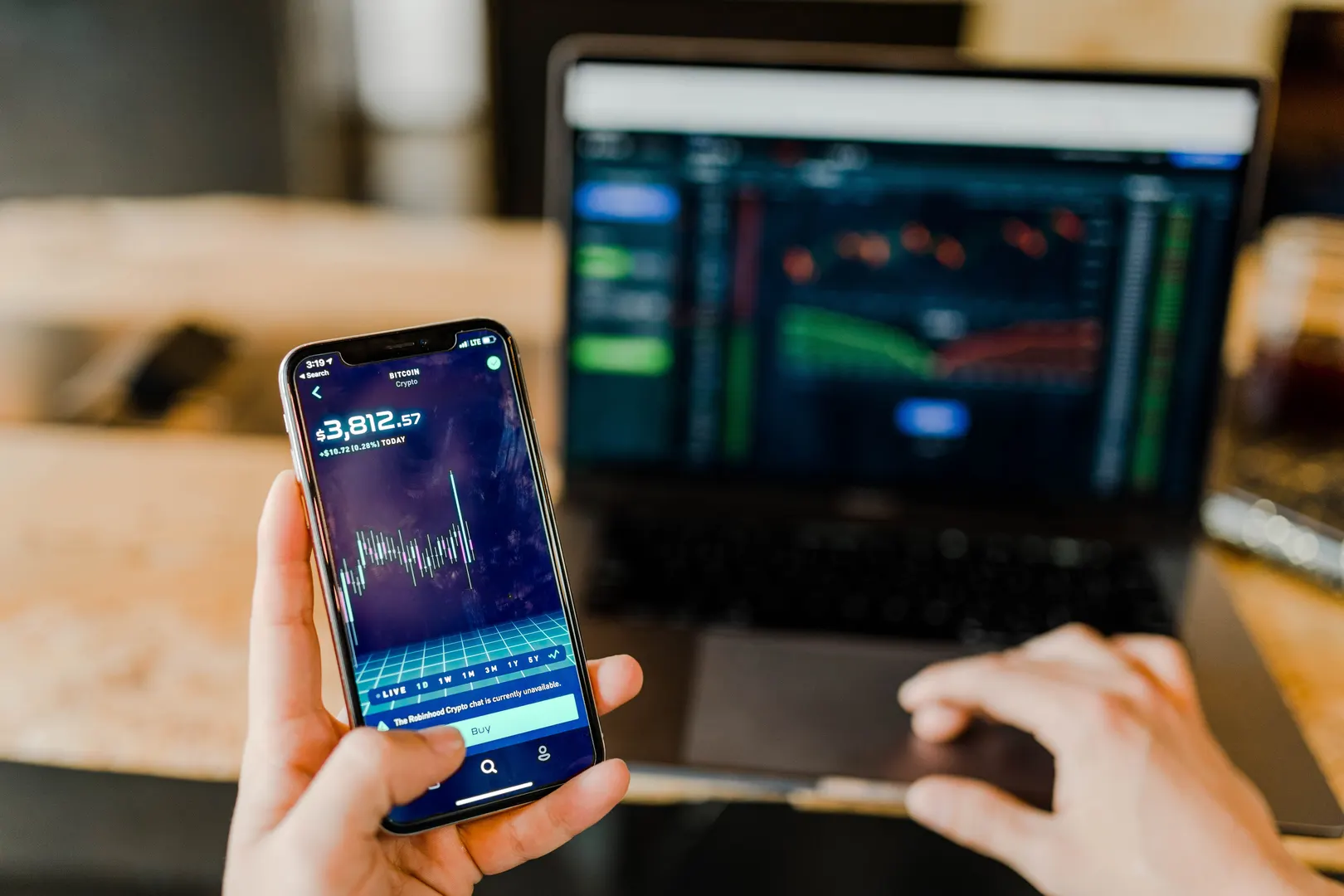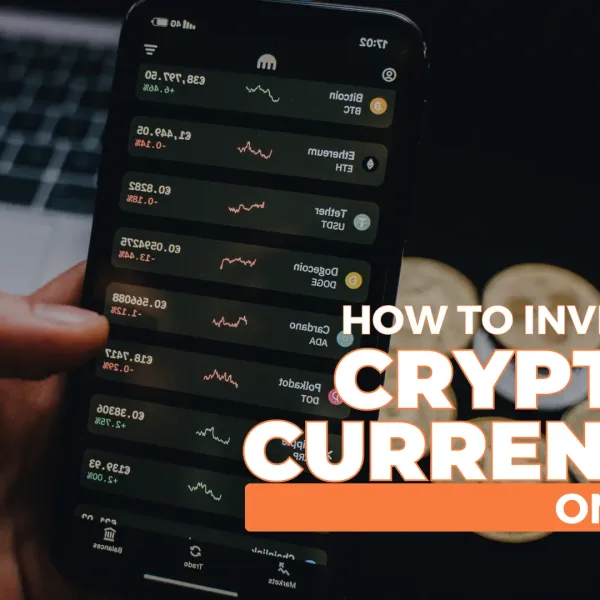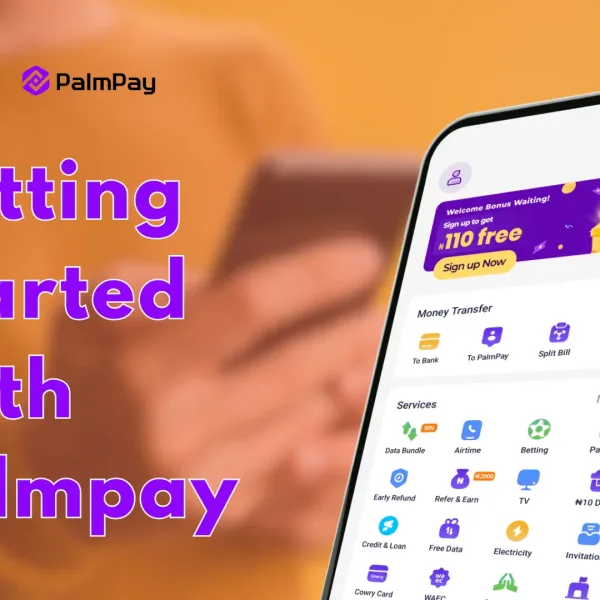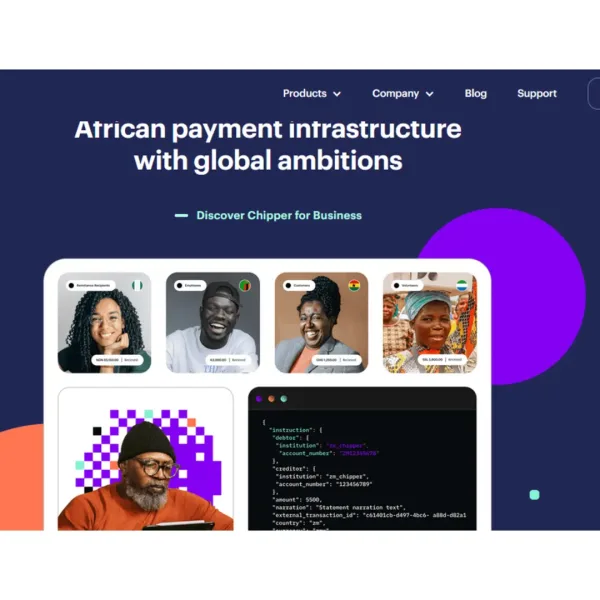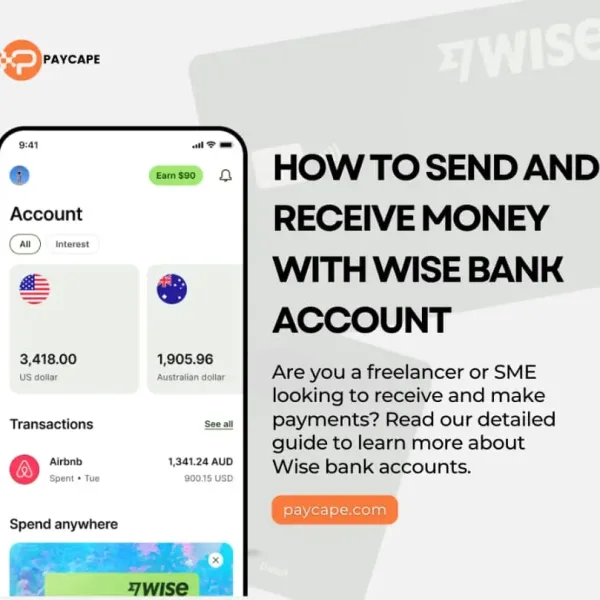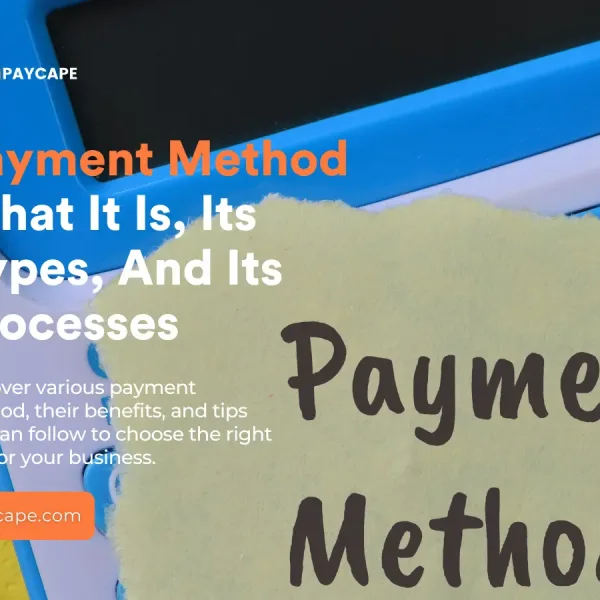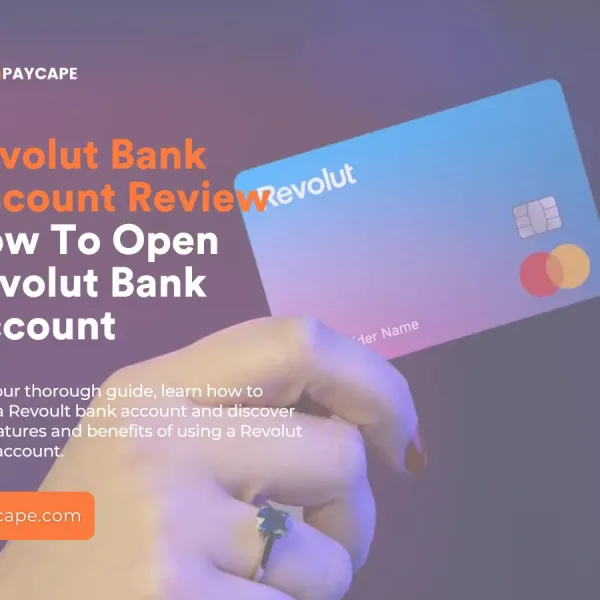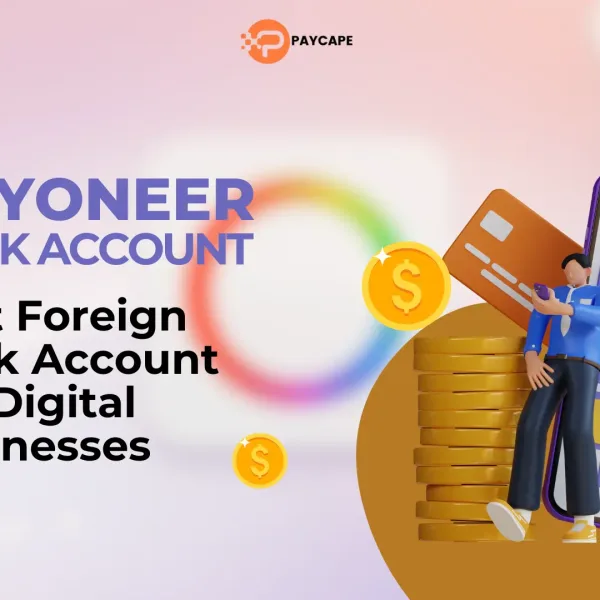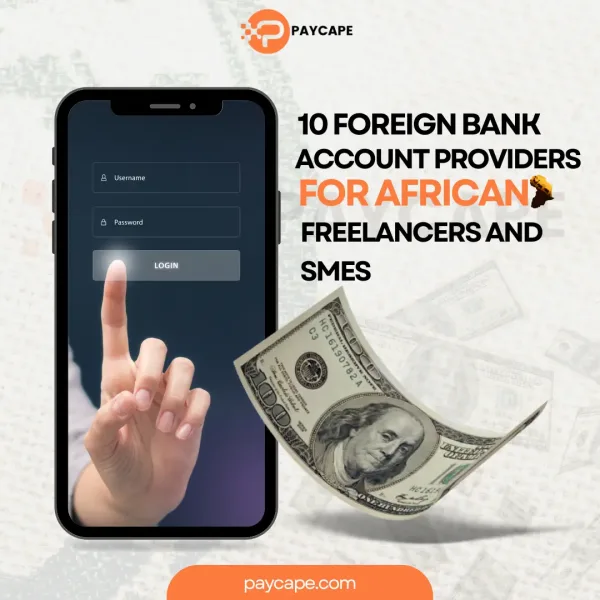Gone are the days of fumbling for cash or swiping cards. The future of payments is here, and it’s as simple as a tap. From biometric payments and cardless transactions to contactless cards and QR code payments, contactless payment methods are changing the way customers pay for transactions.
Another payment solution that is revolutionizing the fintech world is NFC contactless payments online. But what exactly is NFC?
Imagine you’re at a supermarket, picking up some fresh produce. Instead of rummaging through your wallet for cash, you simply tap your phone against the vendor’s terminal. Beep! Payment done, groceries secured – all in a matter of seconds.
That’s essentially how NFC, or Near Field Communication, works. This short-range wireless technology operates within a few centimeters, creating a secure channel for transferring encrypted information.
When you tap your phone with an NFC-enabled reader, you’re not just making a payment – you’re taking advantage of this sophisticated technology.
Let’s take a closer look at what NFC contactless payment is and how it works.
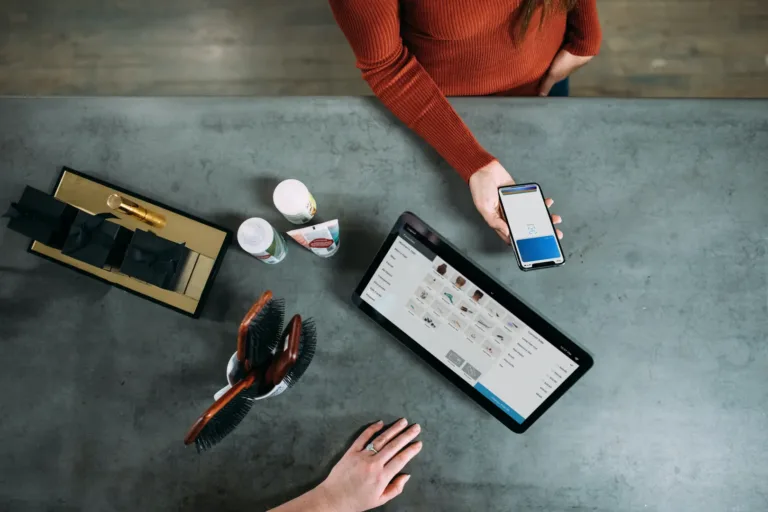
What is NFC Contactless Payment?
NFC (Near Field Communication) contactless payments is a method of making secure transactions using short-range wireless communication technology. Instead of swiping or inserting a credit or debit card, you simply tap your phone or other NFC-enabled device on a payment terminal.
Contactless payments using NFC technology have gained popularity for their speed, convenience, and security. This is one of the reasons a lot of eCommerce businesses are using them.
Learn how to set up contactless payments for businesses here.
Typically, NFC allows two devices to communicate wirelessly, allowing for quick and convenient transactions without physical contact. This technology is commonly used in mobile payment systems and contactless credit or debit cards.
NFC payments often incorporate security features to further safeguard your finances.
These may include:
- PIN verification: Some transactions may require entering your PIN for added security, particularly when exceeding a specific amount.
- Biometric authentication: Some systems utilize fingerprint or facial recognition for even more secure verification.
How Does NFC Payments Work?
So, how exactly does NFC payments work? Let’s find out:
Step 1: Your Phone and the Terminal Connect
Imagine your phone and the payment terminal as two individuals trying to have a conversation. When they come within a few centimeters of each other, they establish a secure wireless connection using radio waves.
This connection is incredibly short-range, typically only functioning within 4 centimeters, preventing accidental transactions.
Step 2: Data Exchange
Once connected, your phone and the terminal engage in a silent dialogue. Your phone transmits encrypted information, including your payment details and any relevant transaction data.
This information is securely protected by encryption, ensuring only the authorized terminal can decipher it.
Step 3: Payment Processing
The terminal receives the encrypted data and relays it to the payment processor. The processor verifies the information, checks your account balance, and authorizes the transaction. This process happens in a matter of seconds, thanks to the efficiency of the technology.
Step 4: Confirmation and Completion
Once the transaction is authorized, your phone receives a confirmation message. A beep or vibration often signifies the successful completion of the payment. The terminal might also display a confirmation message on its screen.
Step 5: Securely Stored Information
Your payment information, including your card details, is typically stored securely within your phone’s digital wallet or a dedicated app.
These wallets utilize robust encryption and security protocols to protect your sensitive data from unauthorized access.
Do You Need NFC For Contactless Payment?
Yes, you need NFC for contactless payment to function. NFC is the underlying technology that enables contactless payments. It allows your phone or other NFC-enabled device to communicate with a payment terminal wirelessly, eliminating the need for physical contact.
Here’s why NFC is crucial for contactless payments:
- Data Transmission: NFC transmits your payment information securely to the terminal, including your card details and transaction data. This information is encrypted to ensure its safety.
- Transaction Initiation: NFC triggers the payment process when your device comes into close proximity to the terminal. This initiates the communication and data exchange necessary for the transaction.
- Confirmation and Completion: Once the transaction is authorized by the payment processor, your device receives a confirmation, often through a beep, vibration, or on-screen message.
Without NFC, none of these steps would be possible, and contactless payments wouldn’t function.
Here are some additional points to remember:
- Not all devices have NFC: While many newer smartphones and some smartwatches are equipped with NFC, older devices might not have this capability. You can usually check your device’s specifications to confirm if it has NFC.
- NFC-enabled payment apps are required: Even if your device has NFC, you need a dedicated app, like Apple Pay or Google Pay, to store your payment information and facilitate contactless transactions.
- Payment terminals need NFC compatibility: For contactless payment to work, the payment terminal at the store must also be NFC-enabled.
What are the Benefits of NFC Payments?
NFC payments offer several benefits, contributing to their popularity and widespread adoption.
Here are some key advantages:
- Convenience: NFC payments provide a quick and convenient way to make transactions. Users can simply tap their devices or cards near a compatible terminal, eliminating the need for physical contact with the payment device.
- Speed: Transactions with NFC contactless payments are generally faster compared to traditional payment methods like swiping cards or inserting chips. The quick communication between the devices facilitates speedy transactions, making it an efficient payment option.
- User-Friendly: NFC contactless payments are user-friendly and require minimal steps. Users can simply unlock their devices, if necessary, and tap them near the terminal to complete a transaction.
- Reduced Need for Physical Cards and Cash: With NFC payments, users can carry fewer physical cards and less cash. This can lead to a more streamlined and organized wallet or purse.
- Security: NFC contactless payments incorporate security features such as tokenization and encryption to protect sensitive information during transactions. Additionally, many NFC-enabled devices use biometric authentication methods like fingerprints or facial recognition, adding an extra layer of security.
- Versatility: NFC technology is versatile and can be used for various applications beyond payments. It’s used in access control systems, public transportation cards, and other contactless applications, providing a seamless experience across different services.
- Integration with Mobile Wallets: NFC is commonly used in mobile wallet applications such as Apple Pay, Google Pay, and Samsung Pay, allowing users to store multiple cards in a digital format. This integration enhances the overall convenience of payments.
- Real-Time Notifications: Users often receive real-time notifications on their devices when an NFC transaction is completed. This helps in tracking expenditures and staying informed about account activity.
- Global Acceptance: NFC payments are widely accepted around the world, making them a convenient option for travelers. Many countries and regions have adopted NFC technology in their payment infrastructure.
Frequently Asked Questions About NFC Payments
Let's answer a few questions about NFC contactless payments.
NFC stands for Near Field Communication. It's a technology that allows your phone to wirelessly exchange data with other NFC-enabled devices, like payment terminals, speakers, and public transport cards.
Millions of businesses worldwide accept NFC payments, including major retailers, restaurants, and online platforms. Look for the contactless symbol (four curved lines) at checkout to see if NFC is available.
Yes, certain NFC payment apps allow you to receive money directly from other users by tapping phones together.
Yes, major mobile networks in Nigeria offer NFC capabilities on compatible phones. Additionally, many Nigerian businesses are adopting NFC payments, making it a convenient option for consumers.
Open your NFC payment app and follow the app's instructions for sending money. Typically, you'll need to enter the recipient's phone number or email address and tap your phones together to confirm the transfer.
You'll need a compatible NFC-enabled point-of-sale (POS) system to accept contactless payments. Many banks and financial institutions offer merchant accounts and POS systems equipped with NFC technology.
The process varies slightly depending on your phone model. Here's a general guide:
- Android: Open your phone's Settings app, search for "NFC," and toggle the switch to "On."
- iPhone: Open the Settings app, tap "Wallet & Apple Pay," then tap the switch next to "NFC" to turn it on.
Here’s how to pay contactless with your phone:
- Unlock your phone and open your NFC payment app.
- Hold the back of your phone close to the contactless reader on the payment terminal.
- You'll hear a beep or see a notification on your phone and the terminal screen when the transaction is successful.


